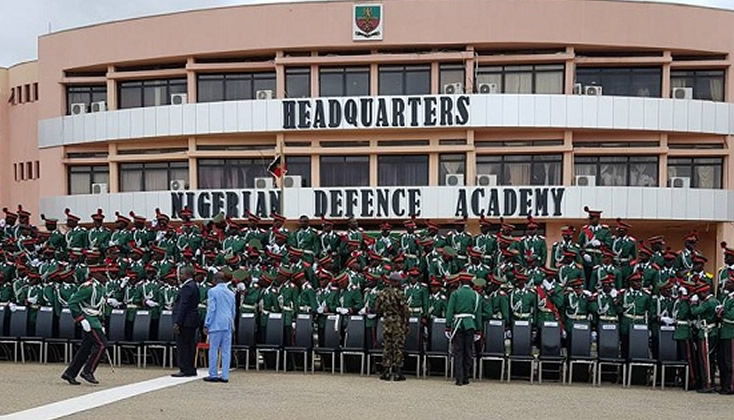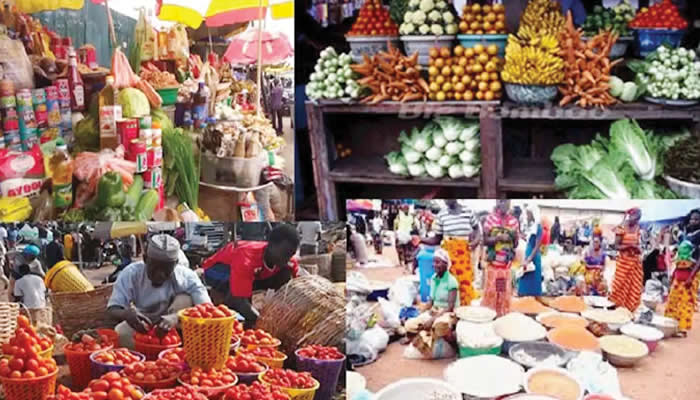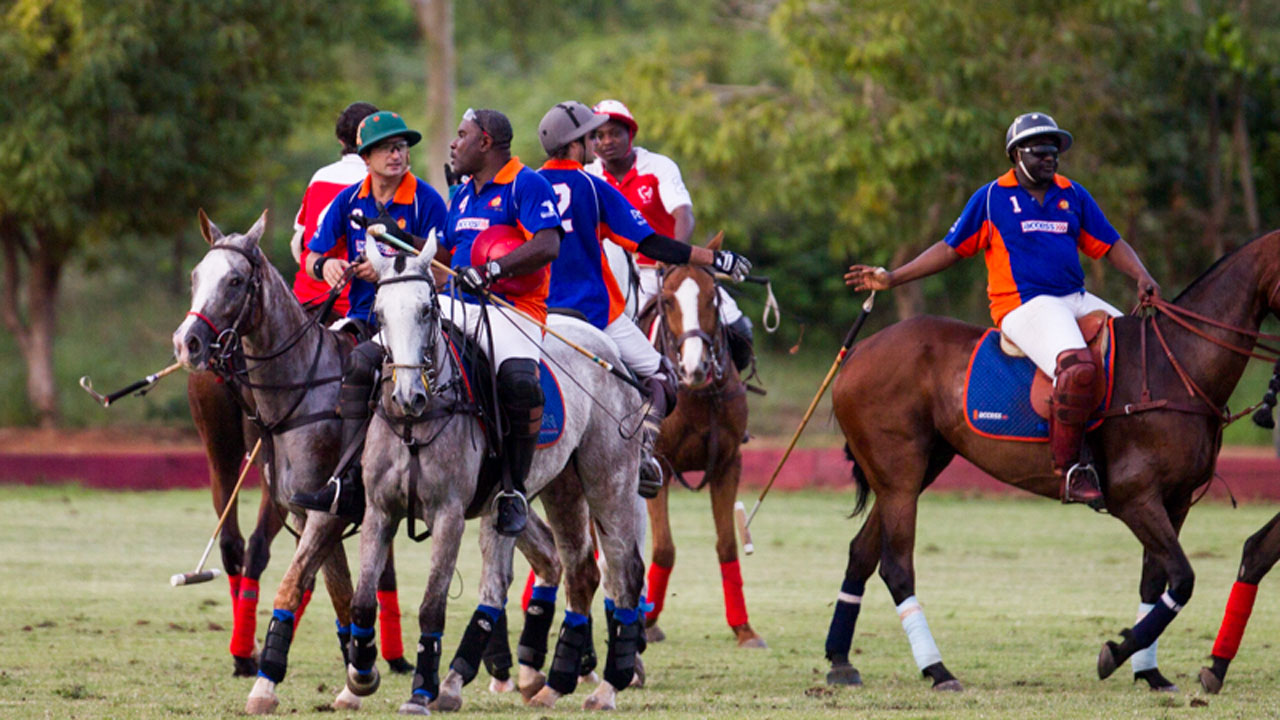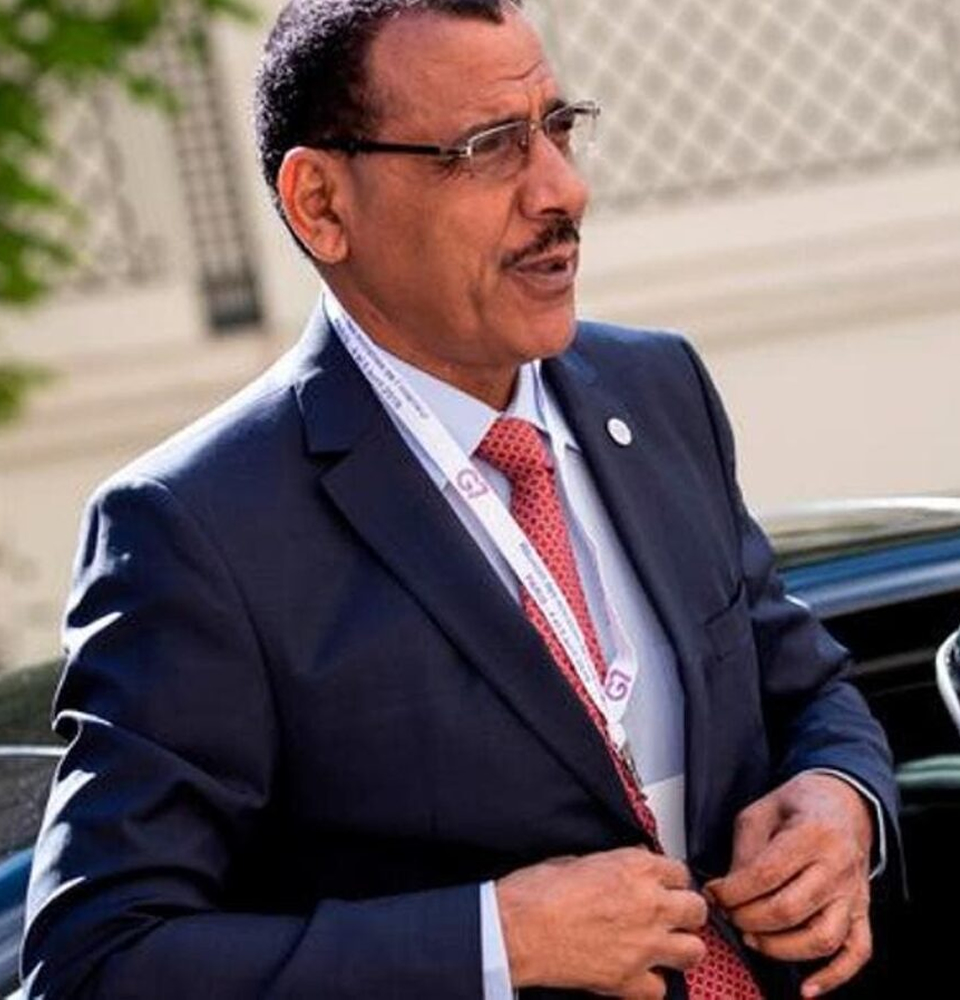News
Russia Strikes Kyiv Again After Weeks, Putin Warns West on Missile Supplies
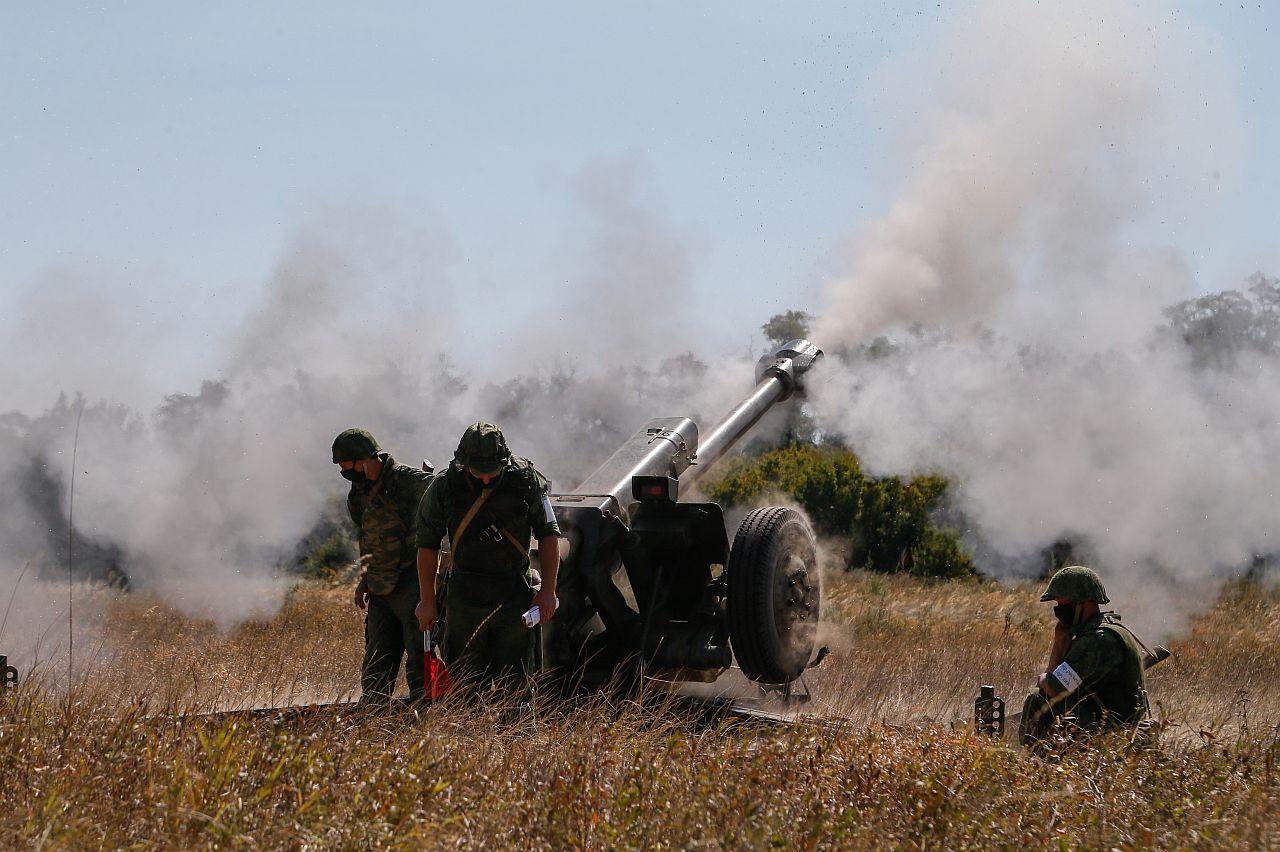
By Derrick Bangura
Russia struck Kyiv with missiles for the first time in more than a month, while President Vladimir Putin warned he would hit new targets in Ukraine if western nations supplied the country with longer-range missiles.
In Sievierodonetsk, the main battlefield in the east where Russia has concentrated its forces, Ukrainian forces are holding their ground after having retaken half of the city, said Serhiy Gaidai, governor of Luhansk province where the city is located.
Ukrainian President Volodymyr Zelenskiy on Sunday said he travelled to Lysychansk, south from Sievierodonetsk, and Soledar – rare outings for him outside Kyiv since the start of the Russian invasion on Feb. 24 and could be the closest to the frontline yet.
“What you all deserve is victory – that is the most important thing. But not at any cost,” Zelenskiy, wearing his trademark khaki T-shirt, told Ukrainian troops in a video released on Sunday night.
Lysychansk and Sievierodonetsk are in the Luhansk region and Soledar is in the Donetsk region. Both regions make up the Donbas, Ukraine’s industrial heartland, which Russia claims it is on a mission to “liberate”.
In the Kyiv attack, one person was hospitalised though there were no immediate reports of deaths. Dark smoke could be seen from many miles away after Russia’s attack on two outlying districts on Sunday.
Ukraine said the strike hit a rail car repair works, while Moscow said it had destroyed tanks sent by Eastern European countries to Ukraine.
Oleksandr Kamyshin, head of the Ukrainian railway, confirmed four missiles had smashed into the Darnytsia rail car repair facility in eastern Kyiv, but said there was no military hardware at the site.
The strike was a sudden reminder of war in Kyiv where normal life has largely returned since Russian forces were driven from its outskirts in March.
The “missile strikes at Kyiv have only one goal – kill as many as possible”, Ukrainian presidential adviser Mykhailo Podolyak said on Twitter.
Ukraine said Russia had carried out the Kyiv strike using long-range air-launched missiles fired from heavy bombers as far away as the Caspian Sea.
Ukraine’s nuclear power operator said a Russian cruise missile had flown “critically low” over the country’s second largest nuclear power plant.
‘CRACKING THEM LIKE NUTS’
Sunday’s attack was the first big strike on Kyiv since late April, when a missile killed a journalist.
Russia has recently focused its destructive might on front lines in the east and south, although occasionally it strikes elsewhere in what it calls a campaign to degrade Ukraine’s military infrastructure and block Western arms shipments.
Putin warned the West that Russia would strike new targets if the United States started supplying Ukraine with longer-range missiles, the TASS news agency reported on Sunday.
The United States said last week it would send new, advanced medium-range rocket systems to Ukraine.
In an interview with Russian state television, Putin said the rockets Washington had promised so far were comparable to Soviet-era weapons Ukraine already had, Putin said.
If Washington were to deliver longer-range rockets, “we will strike at those targets which we have not yet been hitting”, he said. He dismissed the impact of Western drones, saying Russia had been “cracking them like nuts”.
Britain said it would supply Ukraine with multiple-launch rocket systems that can strike targets up to 80 km (50 miles) away.
‘CONTINUE TO STORM SIEVIERODONETSK’
Heavy fighting continues in Sievierodonetsk and Russian forces are pushing towards Sloviansk, Britain’s Ministry of Defence said in a Twitter update.
However, Governor Gaidai earlier said Ukrainian forces were continuing to push the Russians back from Sievierodonetsk, about 85 kms (53 miles) east of Sloviansk.
The claims could not be independently verified. Both sides say they have inflicted huge casualties in Sievierodonetsk.
In Lysychansk, Russian forces fired on a bakery and several administrative and residential buildings, Gaidai said on Monday, adding one civilian had been wounded.
Evacuations resumed from the Ukrainian-held part of Luhansk province on Sunday, and 98 people had escaped, Gaidai said.
A Russian state media journalist on Sunday said Russian Major General Roman Kutuzov had been killed in eastern Ukraine, adding to the string of high-ranking military casualties sustained by Moscow.
The governor of Russia’s western Kursk region, Roman Starovoit, said the border village of Tyotkino had come under fire from Ukraine this morning which targeted a bridge and some local businesses. There were no immediate reports of casualties.
Ukraine’s military reported that its forces repelled seven attacks in the Donetsk and Luhansk regions on Sunday, destroying four tanks and shooting down a combat helicopter.
Russian forces are “conducting intensive artillery and mortar shelling of our positions” in the Kharkiv region in Donetsk, Ukraine’s military general staff said on Monday.
It said Russia was targeting civilian infrastructure in several towns. Moscow denies it targets civilians.
In a Sunday address in Rome, Pope Francis called the war “the negation of God’s dream”.
Headlines
Noble Ladies Champion Women’s Financial Independence at Grand Inauguration in Abuja

Women from diverse backgrounds across Nigeria and beyond gathered at the Art and Culture Auditorium, Abuja, for the inauguration and convention of the Noble Ladies Association. The event, led by the association’s Founder and “visionary and polished Queen Mother,” Mrs. Margaret Chigozie Mkpuma, was a colourful display of feminine elegance, empowerment, and ambition.
The highly anticipated gathering, attended by over 700 members and counting, reflected the association’s mission to help women realise their potential while shifting mindsets away from dependency and over-glamorization of the ‘white collar job.’ According to the group, progress can be better achieved through innovation and creativity. “When a woman is able to earn and blossom on her own she has no reason to look at herself as a second fiddle,” the association stated.
One of the association’s standout initiatives is its women-only investment platform, which currently offers a minimum entry of ₦100,000 with a return of ₦130,000 over 30 days—an interest rate of 30 percent. Some members invest as much as ₦1 million, enjoying the same return rate. Mrs. Mkpuma explained that the scheme focuses on women because “women bear the greater brunt of poverty” and the platform seeks “to offer equity in the absence of economic equality.”
Education is also central to the Noble Ladies’ mission, regardless of age. Their mantra, “start again from where you stopped,” encourages women to return to school or upgrade their skills at any stage in life. The association believes that financial stability is vital in protecting women from cultural practices that dispossess widows of their late husbands’ assets, while also enabling them to raise morally and socially grounded families.
Founded on the vision of enhancing women’s skills and achieving financial stability, the association rests on a value system that discourages pity and promotes purpose. “You have a purpose and you build on that purpose to achieve great potentials and emancipation,” Mrs. Mkpuma said.
A criminologist by training and entrepreneur by practice, she cautions against idleness while waiting for formal employment. “There are billions in the informal and non-formal sectors waiting to be made,” she said, rejecting the “new normal of begging” and urging people to “be more introspective to find their purpose in life and hold on to it.”
Mrs. Mkpuma’s management style keeps members actively engaged, focusing on vocational skills and training to prepare them for competitive markets. She is exploring “innovative integration of uncommon technologies” and is already in talks with international franchises to invest in Nigeria, with Noble Ladies as first beneficiaries.
The association’s core values include mutual respect, innovation, forward-thinking, equal opportunity, and financial emancipation. With plans underway to establish a secretariat in the heart of Abuja, the group aims to expand its impact.
The event drew high-profile guests, including former Inspector General of Police, Mike Okiro, and a host of VIPs, marking a significant milestone in the association’s drive for women’s empowerment.
Headlines
NEPZA, FCT agree to create world-class FTZ environment

The Nigeria Export Processing Zones Authority (NEPZA) has stepped in to resolve the dispute between the Federal Capital Territory Administration and the Abuja Technology Village (ATV), a licensed Free Trade Zone, over the potential revocation of the zone’s land title.
Dr. Olufemi Ogunyemi, the Managing Director of NEPZA, urged ATV operators and investors to withdraw the lawsuit filed against the FCT administration immediately to facilitate a roundtable negotiation.
Dr. Ogunyemi delivered the charge during a courtesy visit to the Minister of the Federal Capital Territory, Barrister Nyesom Wike, on Thursday in Abuja.
You will recall that the ATV operators responded to the revocation notice issued by the FCT administration with a lawsuit.
Dr. Ogunyemi stated that the continued support for the growth of the Free Trade Zones Scheme would benefit the nation’s economy and the FCT’s development, emphasizing that the FCT administration recognized the scheme’s potential to accelerate industrialisation.
Dr. Ogunyemi, also the Chief Executive Officer of NEPZA, expressed his delight at the steps taken by the FCT minister to expand the economic frontier of the FCT through the proposed Abuja City Walk (ACW) project.
Dr. Ogunyemi further explained that the Authority was preparing to assess all the 63 licensed Free Trade Zones across the country with the view to vetting their functionality and contributions to the nation’s Foreign Direct Investment and export drives.
“I have come to discuss with His Excellency, the Minister of the Federal Capital Territory on the importance of supporting the ATV to succeed while also promoting the development of the Abuja City Walk project. We must work together to achieve this for the good of our nation,” he said.
On his part, the FCT Minister reiterated his unflinching determination to work towards President Bola Ahmed Tinubu’s Renewed Hope Agenda by bringing FDI to the FCT.
“We must fulfil Mr. President’s promises regarding industrialization, trade, and investment. In this context, the FCT will collaborate with NEPZA to review the future of ATV, a zone that was sponsored and supported by the FCT administration,” Wike said.
Barrister Wike also said that efforts were underway to fast-track the industrialisation process of the territory with the construction of the Abuja City Walk.
The minister further said the Abuja City Walk project was planned to cover over 200 hectares in the Abuja Technology Village corridor along Airport Road.
According to him, the business ecosystem aimed to create a lively, mixed-use urban center with residential, commercial, retail, hospitality, medical, and institutional facilities.
He added that the ACW would turn out to be a high-definition and world-class project that would give this administration’s Renewed Hope Agenda true meaning in the North-Central Region of the country.
Barrister Wike also indicated his continued pursuit of land and property owners who failed to fulfil their obligations to the FCT in his determination to develop the territory.
Headlines
Benue IDPs block highway, demand return to ancestral homes
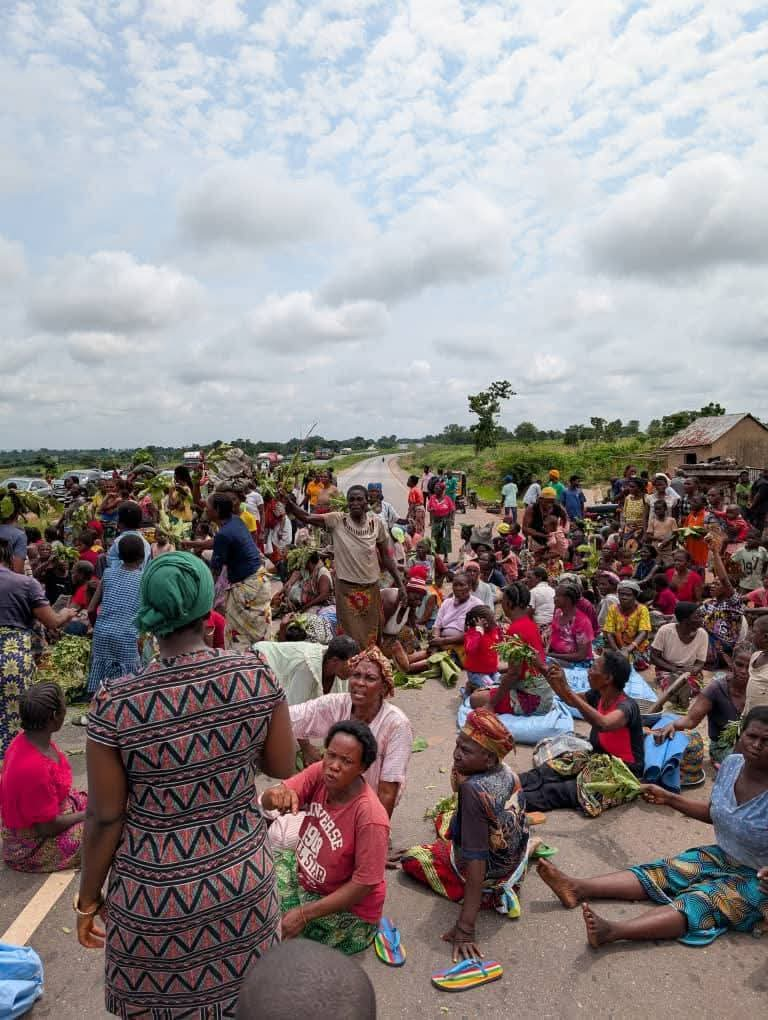
Vehicular movement along the Yelwata axis of the Benue–Nasarawa highway was brought to a standstill on Wednesday as Internally Displaced Persons, IDPs, staged a protest, demanding immediate return to their ancestral homes.
The protesters, believed to be victims of persistent attacks by suspected herdsmen, blocked both lanes of the busy highway for several hours, chanting “We want to go back home”.
The protest caused disruption, leaving hundreds of motorists and passengers stranded.
Eyewitnesses said the displaced persons, many of whom have spent years in overcrowded IDP camps, are expressing deep frustration over the government’s delay in restoring security to their communities.
“We have suffered enough. We want to return to our homes and farms,” one of the protesters told reporters at the scene.
Security personnel were reportedly deployed to monitor the situation and prevent any escalation, though tensions remained high as of press time.
Efforts to reach the Benue State Emergency Management Agency, SEMA, and other relevant authorities for comment were unsuccessful.
-

 Headlines4 years ago
Headlines4 years agoFacebook, Instagram Temporarily Allow Posts on Ukraine War Calling for Violence Against Invading Russians or Putin’s Death
-
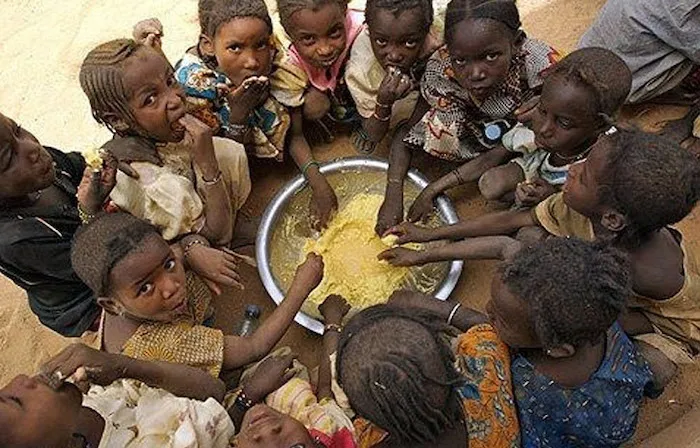
 Headlines4 years ago
Headlines4 years agoNigeria, Other West African Countries Facing Worst Food Crisis in 10 Years, Aid Groups Say
-

 Foreign4 years ago
Foreign4 years agoNew York Consulate installs machines for 10-year passport
-

 News1 year ago
News1 year agoZero Trust Architecture in a Remote World: Securing the New Normal
-

 Entertainment3 years ago
Entertainment3 years agoPhyna emerges winner of Big Brother Naija Season 7
-

 Headlines2 years ago
Headlines2 years agoNigeria Customs modernisation project to check extortion of traders
-

 Entertainment2 years ago
Entertainment2 years agoMovie download platform, Netnaija, announces closure
-
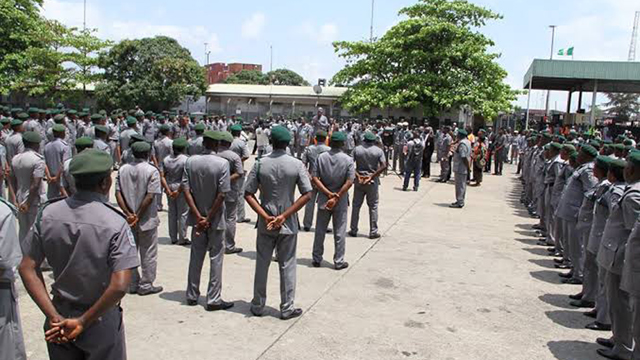
 Economy2 years ago
Economy2 years agoWe generated N30.2 bn revenue in three months – Kano NCS Comptroller




